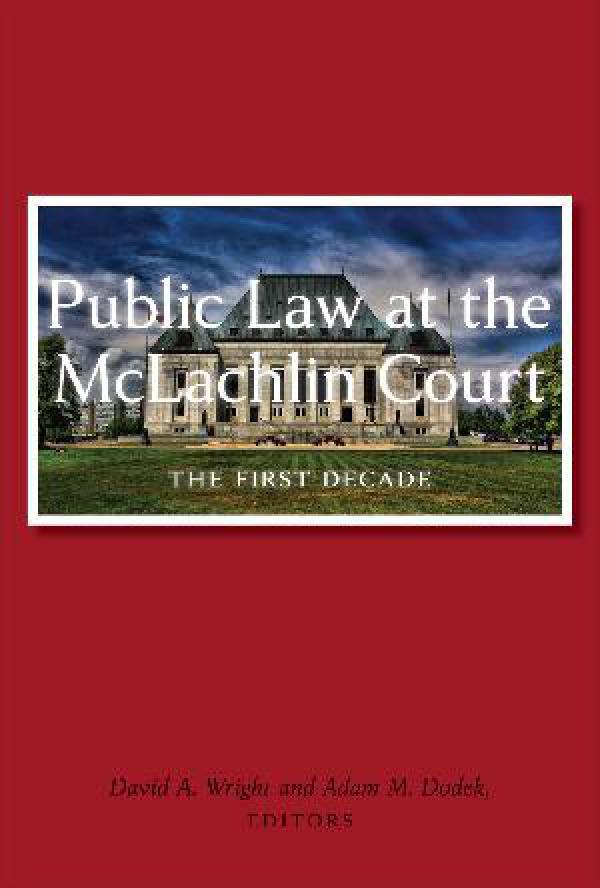| Author(s) | |
|---|---|
| Publication Year | |
| Publisher |
The Busy Harbours of Canadian Federalism
The Division of Powers and Its Doctrines in the McLachlin Court
From: Public Law at the McLachlin Court
$3.30
The past fifty years of division of powers jurisprudence has been more about the doctrines and methods of analysis of legal federalism—pith and substance, double aspect, ancillary powers, paramountcy, and interjurisdictional immunity—than about new understandings of sections 91 and 92 powers. This trend only intensified with the arrival of the Constitution Act, 1982, the courts’ focus largely diverted to the Charter and Aboriginal rights. The Supreme Court of Canada has been intent on encouraging flexible, co-operative federalism whereby legislation is generally upheld and disputes allocated to the intergovernmental process. The McLachlin Court has continued the trend of upholding legislation; it has also made important adjustments to constitutional doctrines and methods of analysis to promote this sort of co-operative federalism. As Binnie and LeBel JJ. stated in British Columbia (Attorney General) v. Lafarge Canada Inc., [2007] 2 S.C.R. 86: “Federal-provincial-municipal co-operation . . . is not unconstitutional. It is essential.” Lafarge dealt with the crowded waters of Vancouver harbour. As a result of the Supreme Court’s (including the McLachlin Court’s) adjustments to key division of powers doctrines, Canadian federal waters are also crowded. Federal, provincial, territorial, municipal, and other actors must remember that the exclusive anchors of sections 91 and 92 attach long anchor lines to boats and barges carrying highly varied legislative cargo, and that consequently the surface waters are a busy place where a watchful eye, a good radio, and thick bumpers are essential to the job of ensuring mutually beneficial coexistence.
Contributors
Peter C Oliver
Peter C. Oliver is a full professor at the Faculty of Law, University of Ottawa (Common Law Section).







